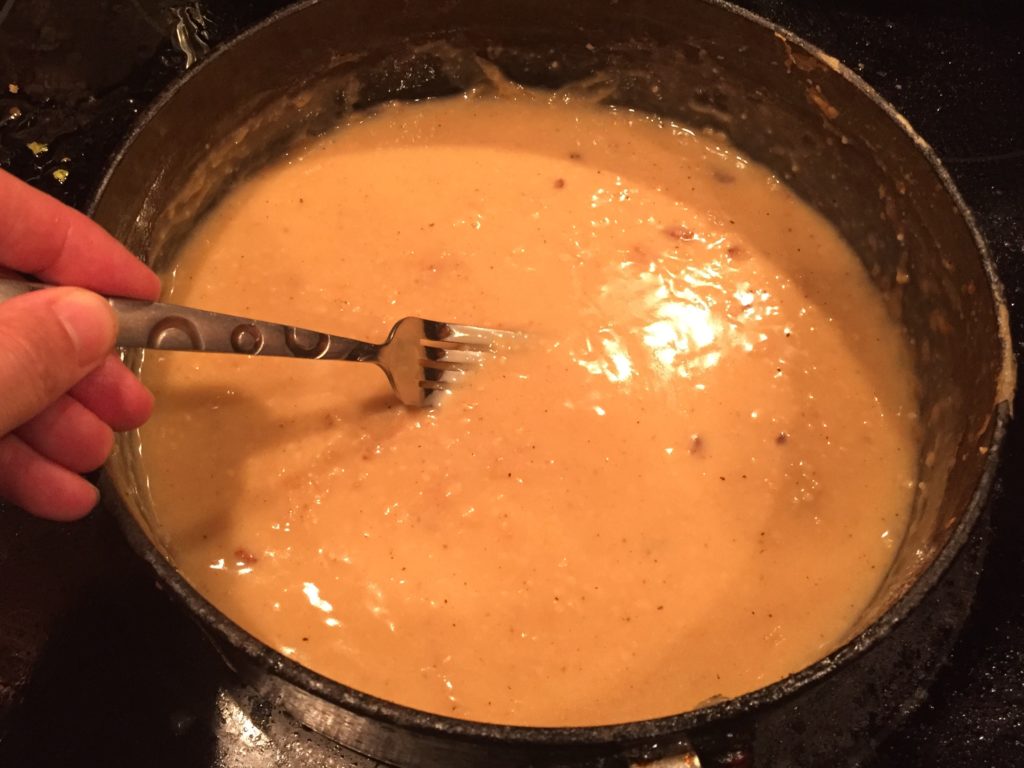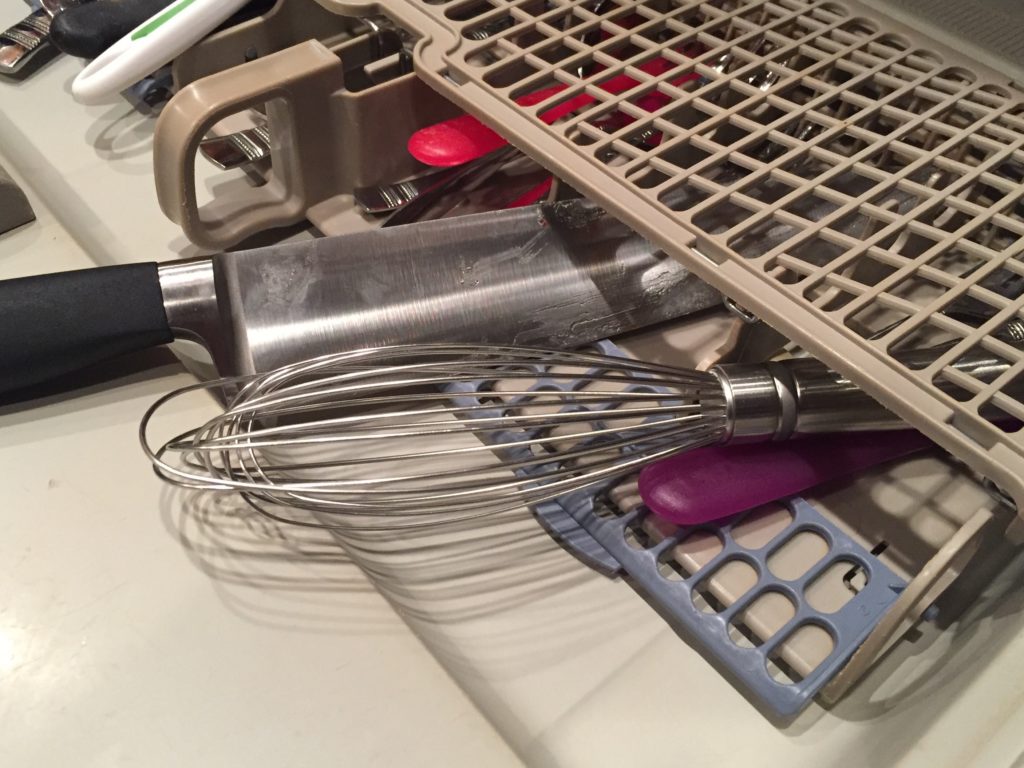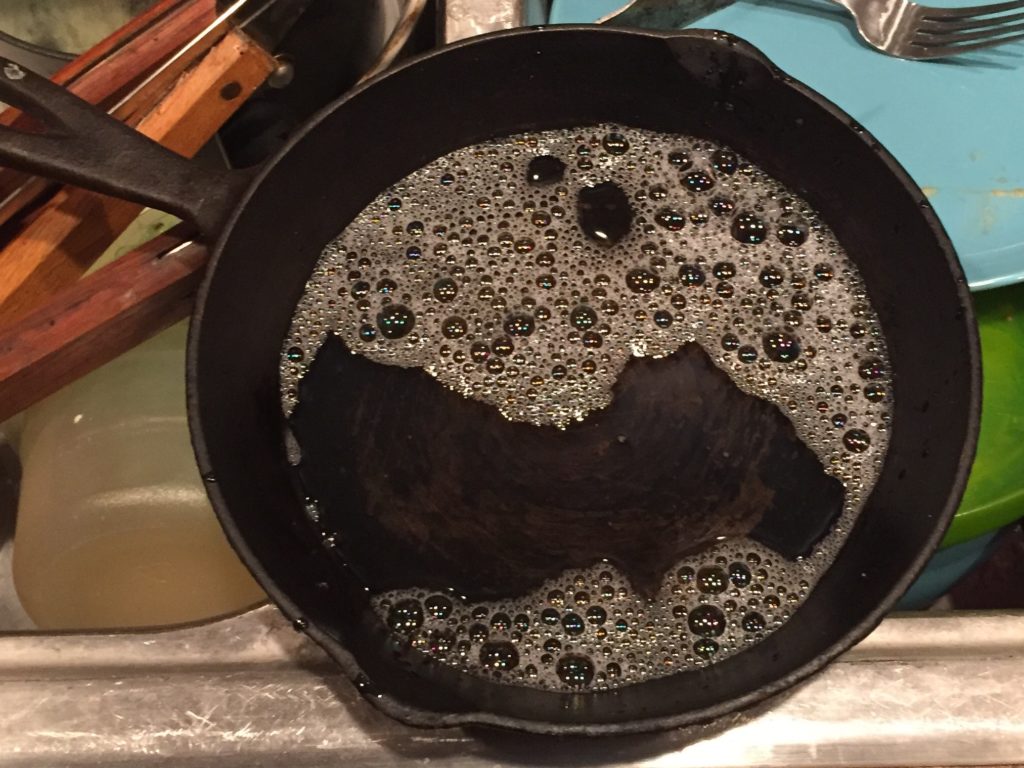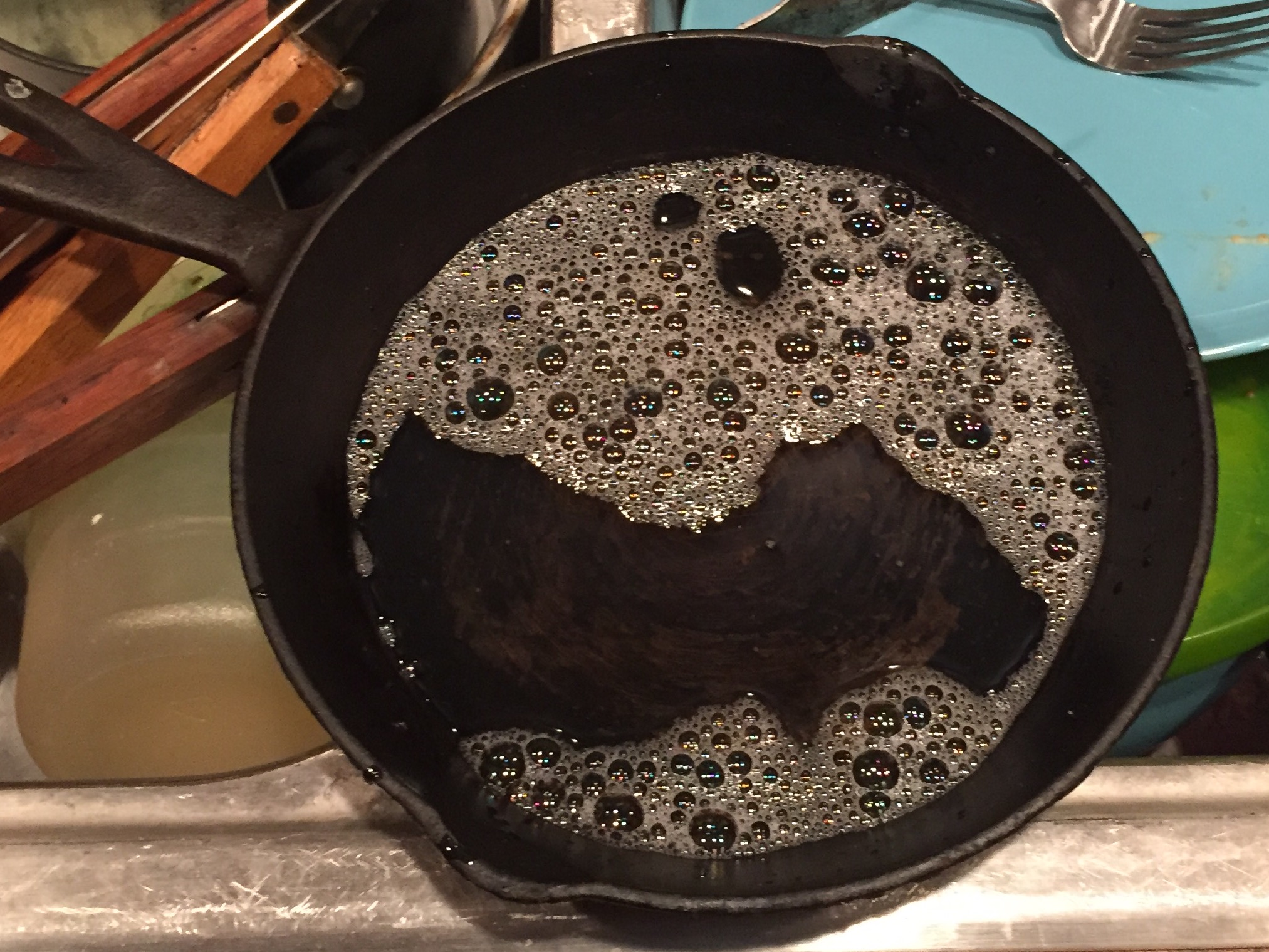A recent Reddit thread asked professional chefs to share things that amateur cooks do in the kitchen that make them cringe. Some of these are worse than others. Pay special attention to the ones that mention food and knife safety. Learning from these cooking mistakes will not make you a processional chef, but they may help you become a better cook in your own kitchen.
- Turning up the heat too high – There are other temperature settings on the stove besides 10/high. Cooking foods on low to medium heat over a longer period of time will keep your food from drying out, becoming tough, and burning.
- Use a glass cutting board – In addition to the sound of a knife hitting a glass cutting board, glass quickly dulls your knife edges. Wooden or polyethylene cutting boards are much better options.
- Using metal utensils on non-stick cookware – Metal utensils can scape the coating of your pans off into your food. Nylon utensils work best for this kind of cookware.

- Putting kitchen knives in the dishwasher – Other utensils in the dishwasher can bang up against your knives causing damage to the blades. Detergents can also be too harsh as well. Take a few seconds after each use and hand wash your knives to avoid this cooking mistake. See Kitchen Knife Care for more info.

- Using dull knives – Dull knives are more dangerous then sharp knives. You have to put more effort into cutting foods which can cause you to loose control of them and possibly hurt yourself. Use a steel hone or a whetstone to keep your knives sharp.
- Cross contamination of raw foods – Cross contamination is where bacteria or other microorganisms are unintentionally transferred from one food or surface to another food or surface. This particularly applies to handling raw foods, and then touching another food or kitchen surface. Make sure that you are washing your hands and any surface after handling raw foods.
- Using packet sauce mixes – Many people use packet sauces such as gravy to go with certain foods, but that can be seen as a cooking mistake. Sauces can easily be made from dripping of your pan. Add a little flour, water, and seasons to make a simple gravy. Learn a few sauce recipes to your and practice, practice, practice to avoid using these packets to make low quality sauces.
- Not tucking fingers in while cutting – Kitchen knife safety is important and you should be aware of the location of your fingers when cutting up foods. A good technique is to curl or tuck your fingers back while holding foods. This keep your fingers out of the way so they do not get cut. If you haven’t been able to master this technique, then just keep your fingers far away from the your knife blade to avoid injuries.
- Washing cast iron pans with soap – Seasoned cast iron skillets are a priceless item to have. Especially ones handed down from generation to generation. Washing a seasoned cast iron pan cuts away the layers of seasoned goodness. Simply wipe down the inside of the pan with a paper towel after use to keep the seasoned quality of the pan.

- Not cooking meat for the recommended time – Meats must reach a minimum internal temperature before they are safe to consume. You cannot just look at then to determine if they are done. Use a food thermometer to check the internal temperature. Here is a great chart for knowing what temperature meats should be cooked to:
Safe Minimum Cooking Temperatures
| Category | Food | Temperature (F) | Rest Time |
|---|---|---|---|
| Ground Meat & Meat Mixtures | Beef, Pork, Veal, Lamb | 160 | None |
| Turkey, Chicken | 165 | None | |
| Fresh Beef, Veal, Lamb | Steaks, roasts, chops | 145 | 3 minutes |
| Poultry | Chicken & Turkey, whole | 165 | None |
| Poultry breasts, roasts | 165 | None | |
| Poultry thighs, legs, wings | 165 | None | |
| Duck & Goose | 165 | None | |
| Stuffing (cooked alone or in bird) | 165 | None | |
| Pork and Ham | Fresh pork | 145 | 3 minutes |
| Fresh ham (raw) | 145 | 3 minutes | |
| Precooked ham (to reheat) | 140 | None | |
| Eggs & Egg Dishes | Eggs | Cook until yolk and white are firm | None |
| Egg dishes | 160 | None | |
| Leftovers & Casseroles | Leftovers | 165 | None |
| Casseroles | 165 | None | |
| Seafood | Fin Fish | 145 or cook until flesh is opaque and separates easily with a fork. | None |
| Shrimp, lobster, and crabs | Cook until flesh is pearly and opaque. | None | |
| Clams, oysters, and mussels | Cook until shells open during cooking. | None | |
| Scallops | Cook until flesh is milky white or opaque and firm. | None |
Source: foodsafety.gov
